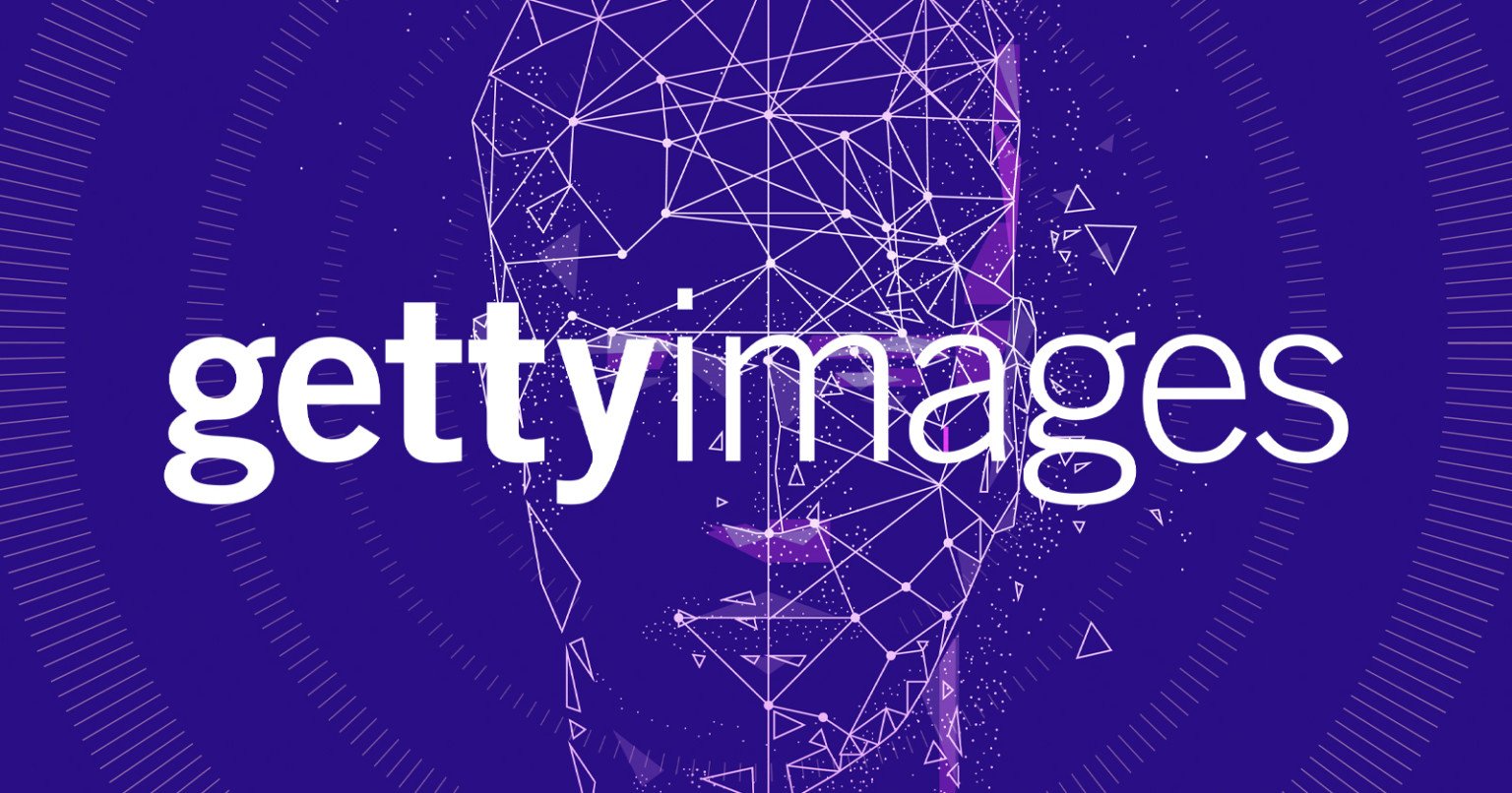Welcome to the vibrant world of Getty Images, where visual storytelling comes to life! As one of the largest and most recognized stock photo agencies in the world, Getty Images offers a diverse collection of high-quality images, videos, and music. Whether you're a marketer, content creator, or just someone looking for stunning visuals,
Overview of Licensing Types
When it comes to using images from Getty Images, understanding the different types of licenses is crucial. Here’s a breakdown of the main licensing options you’ll encounter:
- Rights Managed (RM) Licenses: This type of license is tailored for specific usages. When you acquire an RM license, you gain exclusive rights for a particular project, meaning no one else can use that same image for the same purpose. Pricing varies based on factors like the intended use, duration, and distribution. For example, if you're creating a national ad campaign, an RM license might cost more due to the extensive reach.
- Royalty-Free (RF) Licenses: RF licenses allow for more flexibility. Once you purchase an RF image, you can use it multiple times without paying additional fees. It’s perfect for ongoing projects like blogs or social media where you may need to reuse images. However, it’s important to note that RF images can still be used by others, so the exclusivity isn’t guaranteed.
- Editorial Use Only: Some images are strictly for editorial purposes, like news articles or blogs discussing current events. These images generally cannot be used for commercial purposes (think ads or product promotions). Pricing for these images can be lower, but the restrictions are key to keep in mind.
- Creative License: This is a versatile license that often encompasses both RM and RF elements, allowing for broader use in creative projects. This license can be ideal for artists or designers looking to incorporate powerful visuals into their work without the stringent limitations of RM licenses.
Understanding these licensing types will help you choose the right images for your needs while navigating potential legalities. Whether you're representing a brand or expressing your personal creativity, knowing your licensing options ensures you get the most out of your visual content.
In conclusion, Getty Images offers a wealth of visual assets with various licensing options to suit different needs. Familiarizing yourself with these licenses not only helps you make informed decisions but also enhances your storytelling capabilities through powerful imagery.
Also Read This: How to Cite a Getty Image in APA Format
3. Pricing Structures Explained
When it comes to licensing images, Getty Images offers a variety of pricing structures that cater to different needs and budgets. Understanding these can help you make the right decision for your project. Here’s a breakdown of how it works:
1. Royalty-Free (RF) Licensing: This is one of the most popular options for buyers. With RF, once you pay for the image, you can use it multiple times without paying additional fees. This is great for businesses that need consistent imagery for various campaigns. For instance, a marketing agency might purchase an RF image for a brochure and then use it on their website without worrying about extra costs.
2. Rights Managed (RM) Licensing: This model is a bit more complicated but offers more control over how an image is used. Pricing is based on factors like the duration of use, geographical reach, and the type of media. For example, if a fashion brand wants to use a specific image in a global advertising campaign, they would likely need to opt for RM licensing, which ensures that they pay for the exclusive rights to that particular use.
3. Subscription Plans: If you’re frequently in need of stock images, consider Getty's subscription plans. These allow you to download a set number of images per month for a flat fee. It’s a cost-effective way for businesses to access a large library of images without breaking the bank. For instance, a small business might subscribe to a plan that allows them to download 10 images per month for social media posts.
4. On-Demand Pricing: For those who might only need an image occasionally, Getty Images also offers on-demand purchasing. This means you can buy images on a pay-per-image basis without a subscription. This flexibility can be ideal for freelancers or small projects where budget constraints are a concern.
5. Enterprise Solutions: Larger organizations often have unique needs, and Getty Images addresses this with tailored enterprise solutions. These packages come with dedicated account management, custom pricing models, and tailored services to meet the specific demands of larger creative teams.
Understanding these pricing structures can help you choose the right model that fits your creative needs and budget. Always consider the scope of your project and how often you’ll need to use the images to make the best decision.
Also Read This: Tips for Selling Your Photos on iStock
4. Benefits for Contributors
Contributing to Getty Images can be a rewarding experience for photographers and videographers. Not only do you get to showcase your work to a global audience, but there are also several tangible benefits that come with being a contributor. Let’s dive into some of the key advantages:
1. Exposure: By becoming a contributor, your work gets immense visibility. Getty Images is a platform trusted by major brands, publishers, and marketers. This exposure can lead to more opportunities, whether it’s clients reaching out for custom work or even collaborations with other creatives.
2. Revenue Generation: Contributors earn a commission every time their image is licensed. This can be a substantial income source, especially if you have a strong portfolio. For instance, some contributors report monthly earnings that can significantly supplement their income from other photography projects.
3. Creative Control: As a contributor, you have the freedom to curate your portfolio. You can choose which images to upload and can focus on the styles and themes that resonate with you. This creative flexibility allows you to build a brand around your unique vision.
4. Community and Networking: Joining Getty Images connects you to a global community of photographers and creatives. This network can provide valuable feedback, inspiration, and even collaboration opportunities. Participating in community forums or contributor events can help you grow your professional network.
5. Professional Development: Getty Images often provides educational resources for its contributors. From workshops to tutorials on trending photography techniques, these resources can help you refine your skills and stay updated on industry trends.
In conclusion, contributing to Getty Images is not just about sharing your photos; it’s about building a professional footprint in the creative world. The benefits of exposure, revenue, and community make it a compelling option for any photographer or videographer looking to elevate their career.
Also Read This: Is Getty Images a Reliable Source?
5. How to Navigate the Getty Images Platform
Navigating the Getty Images platform might seem daunting at first, especially with its vast collection of media. But once you get the hang of it, you'll find that it’s designed to be user-friendly and efficient. Here’s a quick guide to help you move around effortlessly:
1. Use the Search Bar
The search bar is your best friend! Type in keywords relevant to what you’re looking for—whether it’s “wedding photography,” “business meetings,” or “nature landscapes.” The more specific you are, the better your results will be.
2. Filters are Key
After your search results pop up, don’t forget to utilize the filters on the left-hand side. You can sort by:
- Image Type: Photos, illustrations, vectors.
- Orientation: Horizontal, vertical.
- License Type: Royalty-free, rights-managed.
This helps to narrow down your choices and find the perfect image quickly.
3. Explore Collections
Getty Images curates various collections based on themes, current events, or upcoming trends. Check out their collections page to discover new inspirations. You might stumble upon something that perfectly fits your project!
4. Save Your Favorites
If you find images you love, you can create a lightbox. Simply click the heart icon on an image, and it’ll be saved for later. This is super handy when you’re gathering resources for a presentation or a blog post.
5. Read the Licensing Details
Each image comes with its licensing information. Click on the photo, and you’ll see details regarding the usage rights, pricing, and any restrictions. Understanding these details is crucial to avoid any legal hiccups down the line.
In summary, with a little practice and the right tools, navigating Getty Images can become second nature. So, dive in and start exploring!
6. Common Questions About Getty Images
Getty Images is a well-established name in the world of stock photography, but it raises quite a few questions among new users and contributors alike. Let’s address some of the most common inquiries:
1. What types of licenses does Getty Images offer?
Getty offers two main types of licenses:
- Royalty-Free: You pay once and can use the image multiple times without additional fees, perfect for marketing materials.
- Rights-Managed: This option is for more specific use, which involves paying based on the image's usage duration, geography, and more.
2. How does pricing work?
Pricing varies significantly based on the image type, resolution, and license. For instance, a simple royalty-free image might start at around $15, while exclusive rights-managed images can run hundreds or even thousands. Always check the pricing details before making a decision!
3. Can I use Getty Images for social media?
Yes, but ensure you have the correct license. Most royalty-free licenses allow for social media usage, while rights-managed images may have specific restrictions. Always read the licensing agreements!
4. How do I become a contributor?
If you're a photographer or creator, you can apply to become a contributor. Once accepted, you can upload your work to the platform and earn royalties each time someone licenses your images. It’s a fantastic way to monetize your creativity!
5. What if I can’t find the image I need?
If your specific request isn’t available, consider reaching out to Getty Images directly. They often have a vast network of contributors and may be able to help you find what you’re looking for or even create a custom solution.
Whether you're a frequent user or a first-timer, understanding these common questions can elevate your experience with Getty Images. Happy exploring!

 admin
admin








